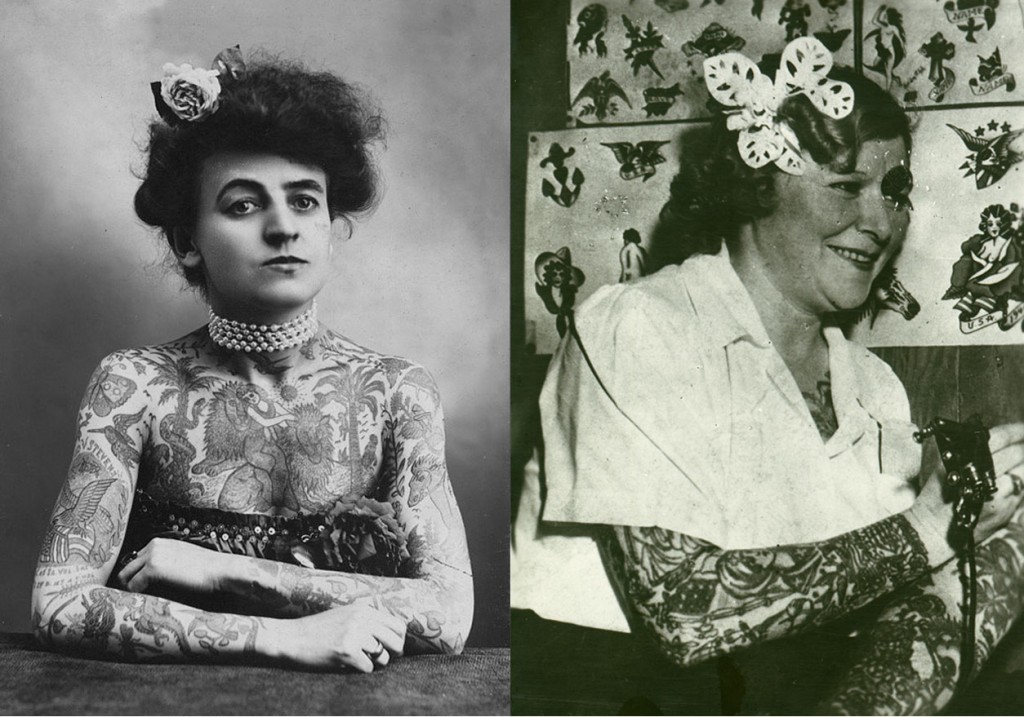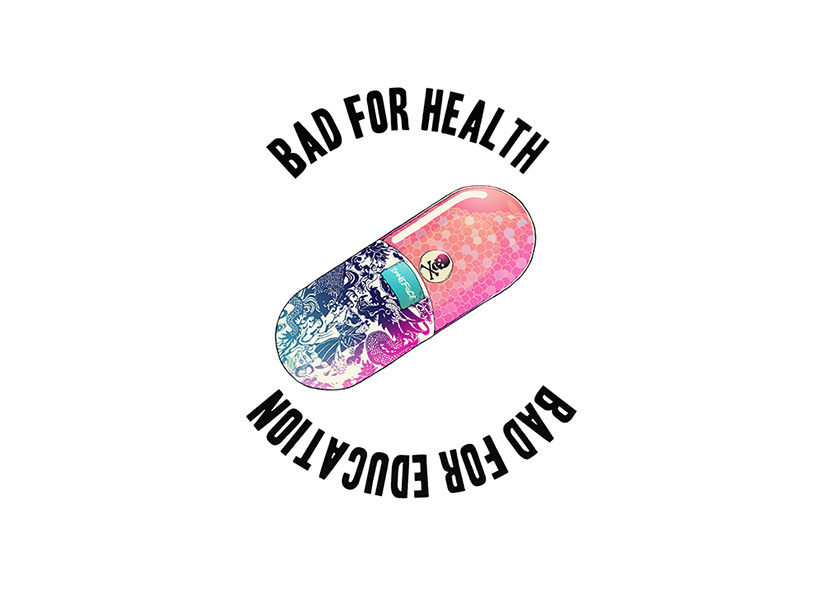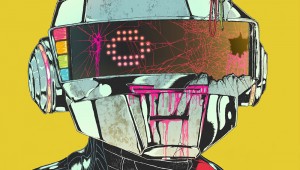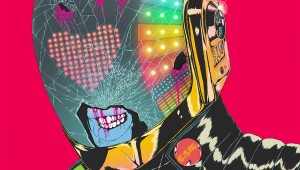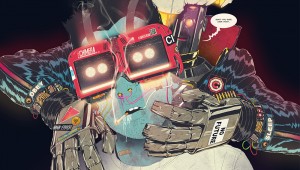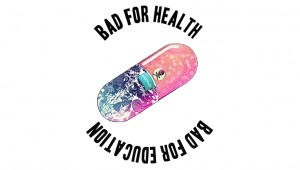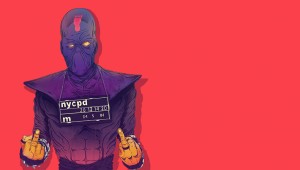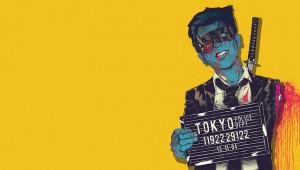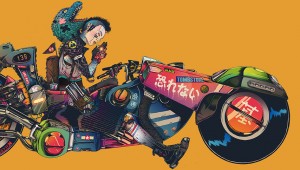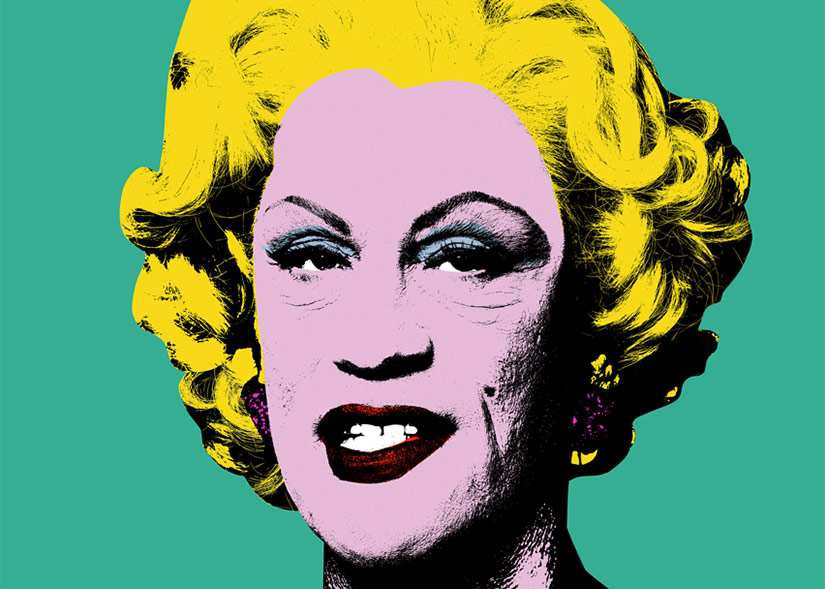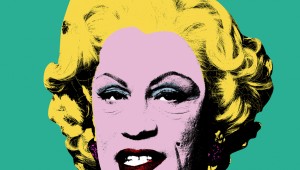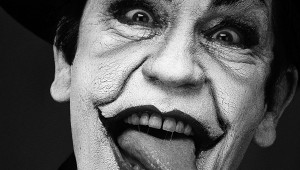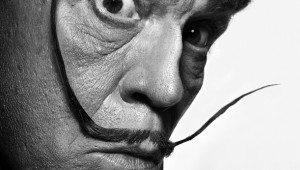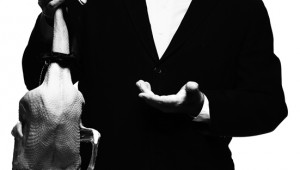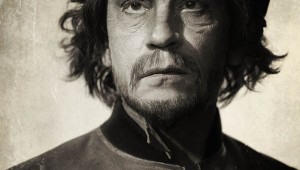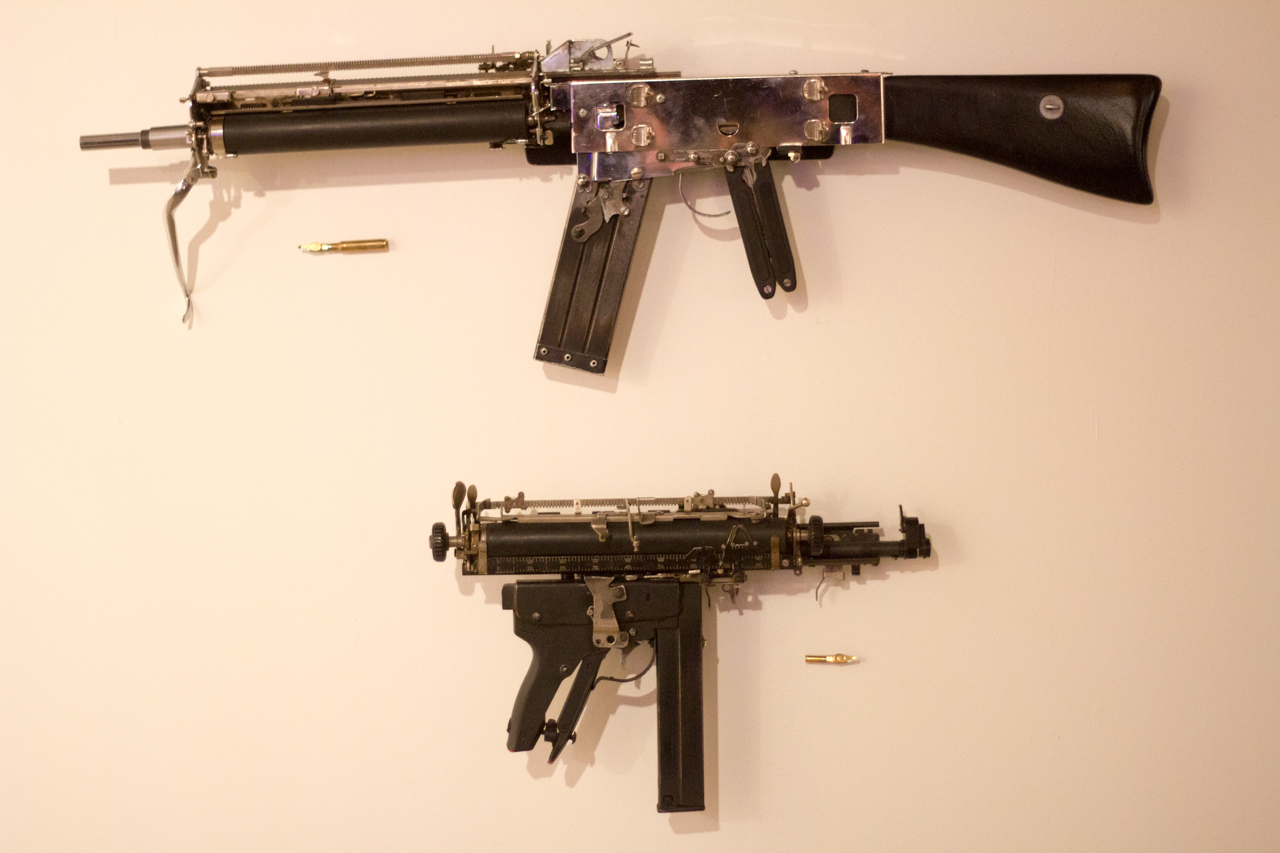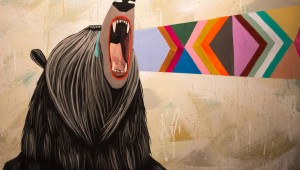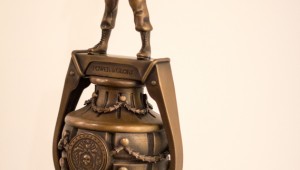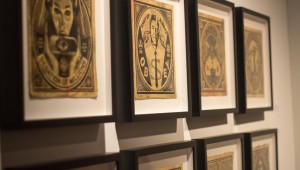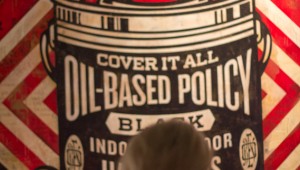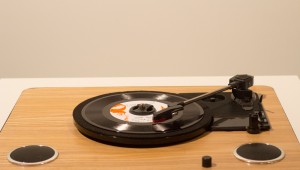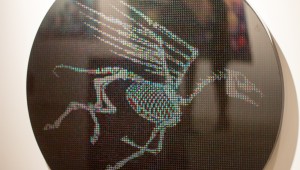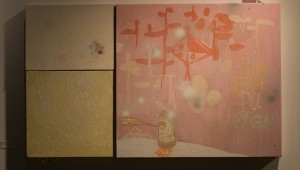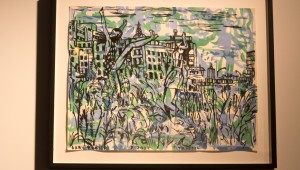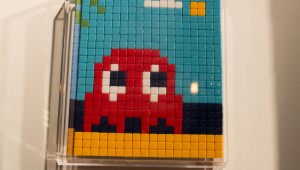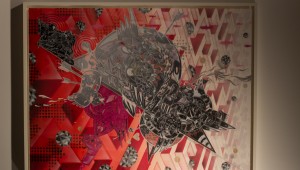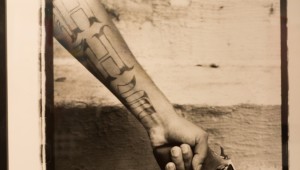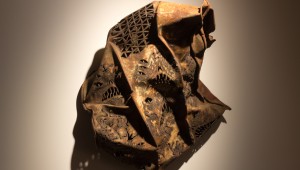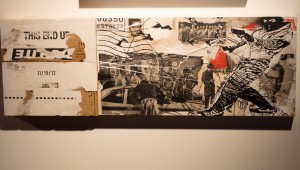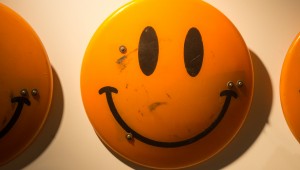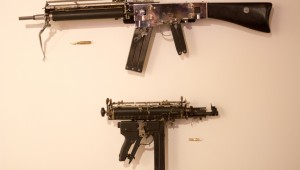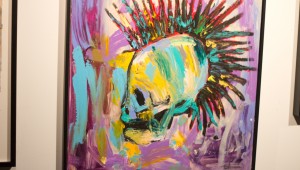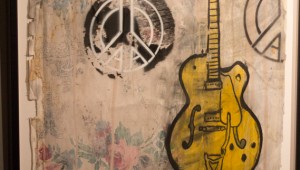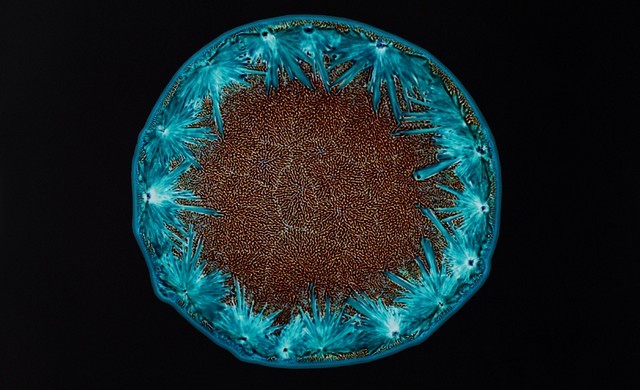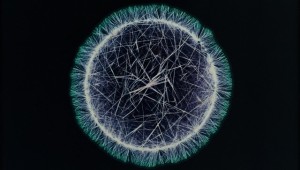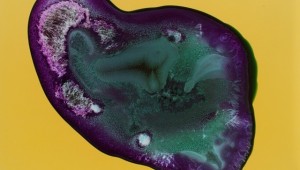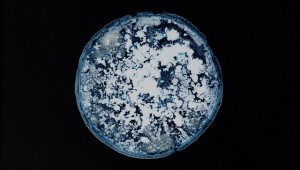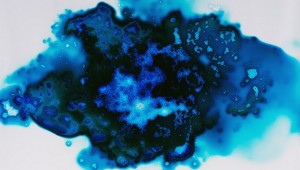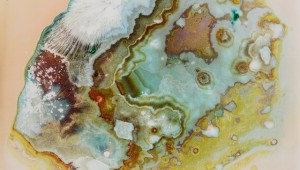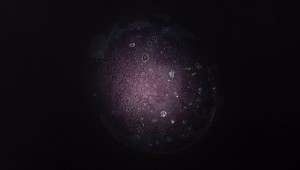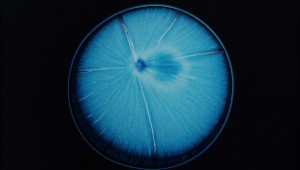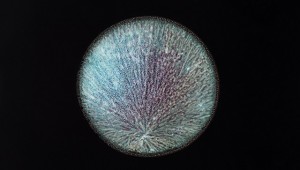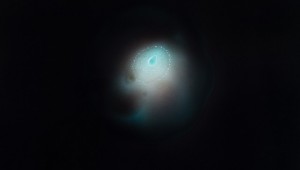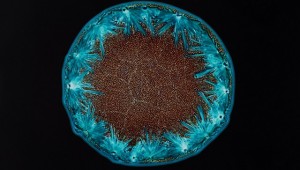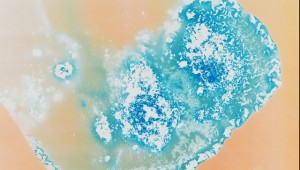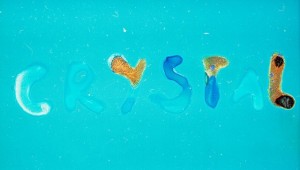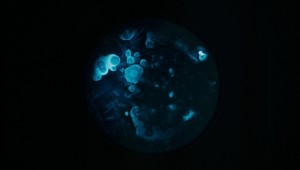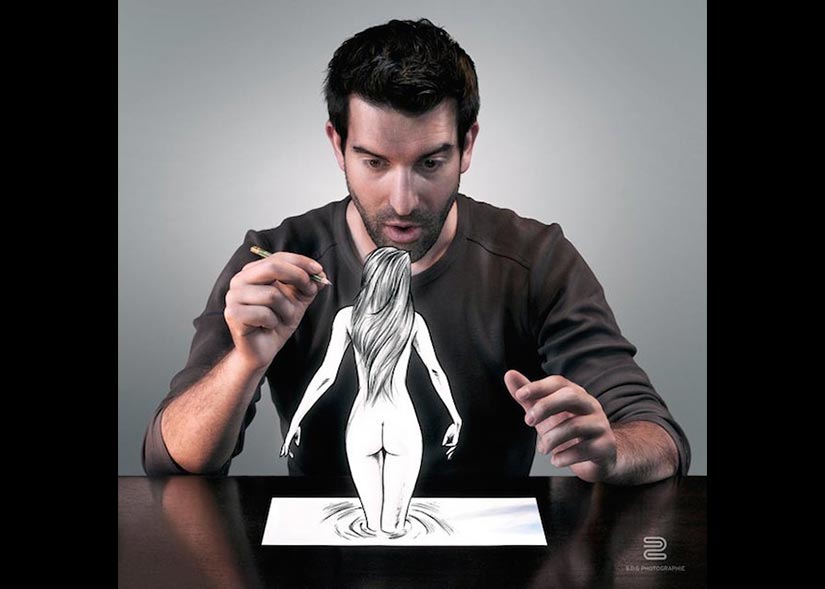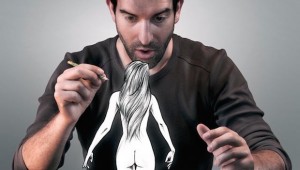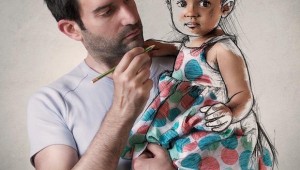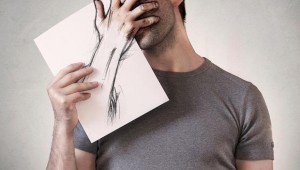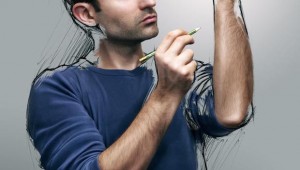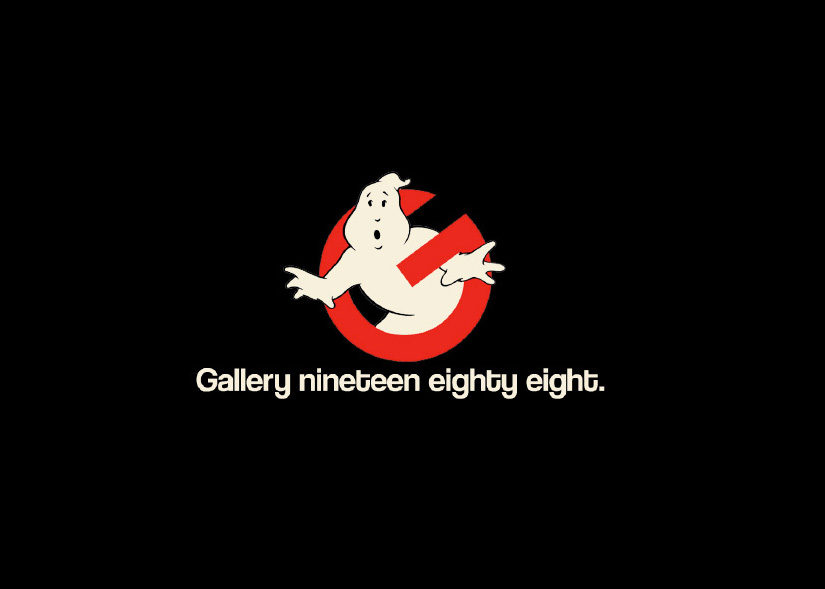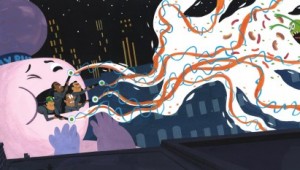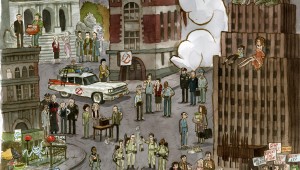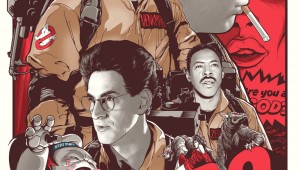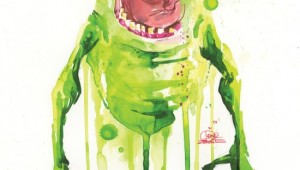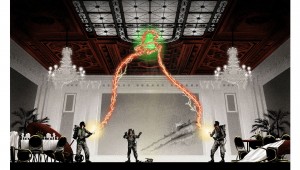The Evolution of Tattoos: From BC to 2016
Since the early days of the BC era, tattoos have existed in the ancient cultures as symbols of resources, strength, legacies of wars, or simply as designs of strength and beauty in femininity. Around 50 B.C., Cleopatra served as the most powerful Women in Egypt, ruling the dynasty with henna tattoos. Although these markings were temporary, Cleopatra’s ink nevertheless served as markings on the body that enhanced her strength and beauty as a leader.
So what happened between 50 B.C. and the early 21st century? Where did tattoos go and why were they no longer apparent on men or women's’ bodies?
Well, it’s always existed fluidly throughout the centuries. Tattooing has reared its head in all cultures, especially in Asian countries. Although, this fact doesn’t necessarily mean all Asian countries had the same views on the practice of tattooing. Although tattoos in early Chinese culture did exist within tribes and warriors, the practice of tattooing was viewed as barbaric and damaging to the physical appearance of the body. Tattoos were even portrayed in this way through Chinese literature in novels during the 12th century period. The art of tattooing continued into the 14th through the 17th century in China, in woman known as the Dulong group, who wore their markings as a right of passage, or the Dai tribes, whose tattoos represented strength during the Ming Dynasty.
In Samoa culture, on the other hand, men and women have proudly represented tattoos for thousands of years. Before the 1800s, it was a ritual tightly bound to the Samoa culture for all Samoa men to get marked with a traditional tattoo that represented a form of cultural identity. Men tended to be heavily tattooed with such symbols of Samoa identity, as well as their rank and status within society. Although their tattoos were not as extensive as the men’s, it was also a regular, ritualistic practice for women to be tattooed.
Although now, celtic tattoos seem to be used as a cultural connection to Ireland or to appreciate the beautiful knot work, that wasn't always the case. Celtic tattoos were primarily used by Celtic warriors, a group of soldiers who took control over Mid and Western Europe, during the iron ages and middle ages. The Celts used such markings to intimidate their opponents during battle.
Tattoos were also used among Native American culture, as observed by John Smith during the 17th century. While women painted their bodies with images of nature represented in plant and animal life, men used symbols to represent war, bloodshed, strength, and status among their tribes. In some cases, the tattoos were permanent.
Although tattoos first began appearing in the late 1800s in the U.S. in western civilization, it really started to boom in American culture in the early 1900s. Women who were covered in tattoos, such as Maud Wagner, used to be considered a spectacle, a freak show that people would flock to in wonderment. Yet, across the pond, British men and women during this period who marked themselves with tattoos used to be perceived as royalty, or having a high social status. One example is George Burchett, know as the King of the Tattooists, who tattooed royalty such as King Alfonso XIII of Spain and King Frederick IX of Denmark. George Burchett himself was covered in tattoos, as well as his wife Edith who served as a canvas for him.
As we move further into the 20th century, many men who served as Navy sailors during the 1940s were heavily tattooed, inking their skin with symbols of war, serving in the navy, and devoting themselves to their country. One example of this is Norman Collins, more famously known by his tattoo artist legacy name Sailor Jerry, who was a Navy man himself. During World War II, Sailor Jerry depicted the lifestyle of sailors which consisted of drinking alcohol, getting tattooed, and being around women.
After the 1950s came to a close, changes and revolutions began to take on a whole new forefront in the 1960s and 1970s. Gay rights and women's liberation was pushed forward with a new kind of strength. The restrictions and boundaries of being conservative and not showing skin, let alone showing ink, was revived during the 1970s. This concept that women wore tattoos for empowering reasons during times where Cleopatra ruled, was restored by Janis Joplin, an influential woman and female artist who displayed her wrist tattoo on the cover of Rolling Stone Magazine.
[youtube id="-qlbXmFFMeY"]
Now in the 2010s we seem to be entering into a period where tattoo sleeves appear to be the new craze, having an armful of tattoos that all connect with each other. Yet, this concept of connecting tattoos also has its roots in culture, existing for many years with Polynesian tattoo masters, who uses symbols to represent a deeper meaning through the connection to Polynesian culture. Today, sleeves can also be represented as a beauty standard. Such is the case in British culture, where attractive celebrities such as David Beckham who serves as an example of physical appeal for the men of England. One in five English adults have tattoos.
Today in 2016, the artistry of tattoos is becoming more innovative, pushing the boundaries of what can be done with a needle by creating color portraits and three dimensional pieces that make viewers wonder in amazement. Such freedom of creativity and the choice to express your emotions or artistry over your own body is crucial. Because it is your choice, not anyone else's.
Although there are such cultural symbol tattoos that have increased in popularly in today’s society, such as mandala tattoos that ties into the Buddhist and Hindu cultures, the mandala tattoos also represent art and beauty for those who simply enjoy the intricate patterns.
Whether you like them or hate them, tattoos have had a long history in cultures all over the globe. Yet it has only been in the past 100 years that tattoos have really expanded into a realm where simply a growing desire to express our own individuality on our own bodies is becoming increasingly more accepted.
We are free to ink our skin if we choose to do so, with symbols of strength and warrior emblems, family and cultural connections, or simply markings that appeal to us and our own personality. Tattoos serve as a reflection of our changing and developing society.
Ice T’s 2016 Art of Rap Festival features Public Enemy and The Sugar Hill Gang
Music festival season just got sweeter for hip-hop purists. The premier of Ice T's 2016 Art of Rap Festival was recently announced by the rap music legend, actor and entrepreneur himself. This event is set to celebrate the history of hip-hop by featuring a lineup of performances by some of the greatest MCs to ever hold a microphone. The festival, which will tour major cities in the United States, boosts a magnificent roster of rappers including Public Enemy, EPMD, The Sugar Hill Gang, Mobb Deep, MC Lyte, Kurtis Blow, Naughty By Nature, and Melle Mel.
Ice T’s 2016 Art Of Rap Festival was birthed last year when Ice T himself organized events to highlight the rich history of the now-dominant musical genre.
When discussing the purpose behind his 2012 documentary, Something From Nothing: The Art Of Rap, after which the festival is named, Ice T said, “The main thing I want people to get out of this is respect for the art form. We call it something from nothing. When I started rapping, nobody had ever bought a car from money earned by rapping. When you [are] doing stuff and not getting paid, it’s different. Now, rap is a train that’s moving fast and a lot of people are seeing it as a way to get on and become famous. But all we want you to do is sit down and put some work in so the level and the degree of the art can stay up there. ‘Cause when you drop the bar really low and anybody can do it, it won’t be respected.”
See the tour dates below:
07-16 Dallas, TX – Gexa Pavilion
07-17 Austin, TX – Austin 360 Amphitheater
07-22 Hollywood, CA – Palladium
07-23 Las Vegas, NV – Downtown Las Vegas
07-29 Brooklyn, NY – Coney Island Amphitheater
07-31 Atlanta, GA – Aaron’s Amphitheatre at Lakewood
08-05 Chicago, IL – Hollywood Casino Amphitheatre
08-06 Detroit, MI – Freedom Hill Amphitheatre
Boneface's Art Makes Pop Culture a Little Bloody
Liverpool-based artist Boneface's "about" section on his website reads:
"the things that make me right for this job...
maybe they're the same things that make me wrong for everything else."
staple diet: videogames / cartoons / comic books / crappy b-movies
When artist statements can sometimes be too wordy, too convoluted, and too full of themselves, Boneface's not only summarizes and represents his style effectively, but also works as a piece of art in its brevity and tone. Many of his pieces from 2014 have featured some well-known characters in pop culture, including the Daft Punk duo, a Crazy88 member, and a Foot soldier from Teenage Mutant Ninja Turtles. Boneface's style is reminiscent of another popular British artist's, Jamie Hewlett, co-creator of Tank Girl and the Gorillaz. The designs are very sleek with an attention to small details that help build the characters' punk-influenced styles.
Boneface has also ventured into animation, directing and animating the Queens of the Stone Age's video for "...Like Clockwork" last year (which you can watch below). Check out some of Boneface's pieces below, and be sure to visit his website for more illustrations.
[youtube id="f49yRhJ0NjI"]
[via The Verge]
Sandro Miller's Malkovich, Malkovich, Malkovich: Homage to Photographic Masters
John Malkovich is known for his transformative roles that call for him to play essentially any role. Teaming up with photography Sandro Miller, Malkovich channeled pop culture icons of yesteryear for a photo Miller's latest photo series, Malkovich, Malkovich, Malkovich: Homage to Photographic Masters. In the series, Malkovich re-enacts some famous (and not-so famous) photos of various icons from Hollywood, across art, and even politics, including Jack Nicholson's portrayal of Joker in Batman, Andy Warhol's pop-art painting of Marilyn Monroe, revolutionary Che Guevara, and more.
Check out some of the photos below, and be sure to check out the full exhibition on the Catherine Edelman Gallery website. The exhibition will be on display from November 7th to January 31st. Chicagoans, I highly suggest checking this one out in person!
[via Catherine Edelman Gallery]
[RH Photos] Art Alliance Presents The Provocateurs
While seemingly all of Chicago was excited for Lollapalooza this past weekend, my mind was more focused on "The Provocateurs," an Art Alliance show curated by street artist Shepard Fairey. Featuring a wide range of street, pop, and contemporary artists across a vast array of media from paintings to photographs and sculptures, "The Provocateurs" was like a primer on spotlighting a list of who's who in modern art today, including Tim Armstrong, Mark Mothersbaugh, Space Invader, WK Interact, Estevan Oriol, HAZE, Dzine, and Fairey himself. Below is just a small sampling of what "The Provocateurs" had to offer art newbies and art enthusiasts. "The Provocateurs" show will be on display until today, August 8th, at 6pm! If you have a chance to make it to the Loop, I highly encourage all of you to check it out.
Interesting Photographs of Drugs Under a Microscope by Sarah Schoenfeld
Photos by Sarah Schoenfeld
Have you ever thought of liquifying drugs and putting it under a microscope to create art?... Neither did we, but Berlin artist Sarah Schoenfeld did, and they make for some pretty interesting photographs. By mixing water and different kinds of drugs, both legal and illegal, and putting droplets directly onto exposed negative film, each drug interacted with the film differently, creating a chemical reaction that continued for variable amounts of time.
In what turned out to be both a science experiment and work of art, the complete collection has been published in a leather-bound book titled “All You Can Feel", and it's fascinating to see the different effects each drug had on film. It also provides a visual on what each can do to the human body. In a separate interview with VICE, Schoenfeld spoke further on how her inspiration, “But then I became more interested in how things look. Now I'm always looking for ways to make the internal, visual.”
Check out the following results/photographs to this experiment, and let us know which are your favorites. Click here to find more.
[Via IFLScience]
Artist Channels a-ha's "Take On Me" for Photography and Illustration Collection
a-ha's 1985 video for "Take One Me" opened the door for serious music video production by not only crafting a compelling narrative, but introducing some revolutionary (at the time) technology by combining live-action with illustration via rotoscoping (which itself was used decades later in Richard Linklater's Waking Life and A Scanner Darkly). Many artists have used the combination of real life and illustration in numerous ways over the past near-30 years, especially seen in films like Space Jam and Who Framed Roger Rabbit?
French artist Sebastien del Grosso has utilized the combination of photography and digital illustration to create his latest series, "L'esquisse d'une vie," which translates into "The Sketch of Life." We've seen some amazing Photoshop-based art collections lately, such as Martin De Pasquale's series we shared a few weeks ago, but there's something extra special about del Grosso's series thanks to his illustrations.
You can check out some of my favorite pieces from "L'esquisse d'une vie" below, but be sure to check out del Grosso's Behance page for the full collection, including a step-by-step process on how he put them all together.
[via PetaPixel]
Gallery 1988's Ghostbusters 30th Anniversary Pieces Now Online
Ghostbusters is one of those films that just stands the test of time. Sure, the SFX might be a little outdated, but the 1984 classic featured an outstanding lineup, a legitimate sense of horror, taught us not to cross the stream, and featured the greatest film theme song known to mankind. To commemorate the 30th anniversary of the film, Gallery 1988, one of the premier pop-culture art galleries, put together a traveling art show featuring various types of art inspired by Ghostbusters. While the Ghostbusters 30th Anniversary Art Exhibit finished its New York run last month, it's currently on display at Gallery 1988 itself in LA, followed by a run in Chicago next month and an appearance at the San Diego Comic Con.
While some of the pieces have come up here and there across the internet, /Film is the exclusive destination for all 150 pieces from the exhibit. While experiencing everything would be better in person, checking the pieces out online is great for those who unfortunately can't see them in person. I've included five of my personal favorite pieces in a gallery below, but you should check out the entire collection on /Film. Information for Gallery 1988's Ghostbusters 30th Anniversary Art Exhibit pop-ups are below, as well.
[via /Film]
Los Angeles: 5/17 - 6/1
Gallery 1988 (West)
7308 Melrose Avenue
Los Angeles, CA 90046
Chicago: 6/20 - 6/22
Rotofugi
2780 N. Lincoln Avenue
Chicago, IL 60614

